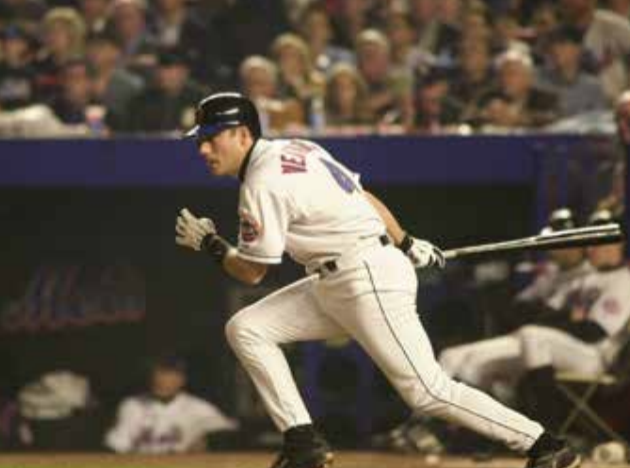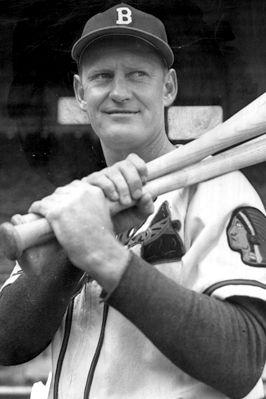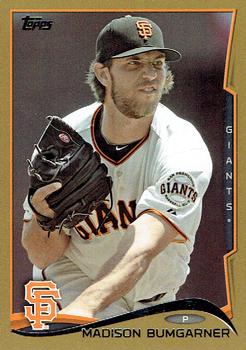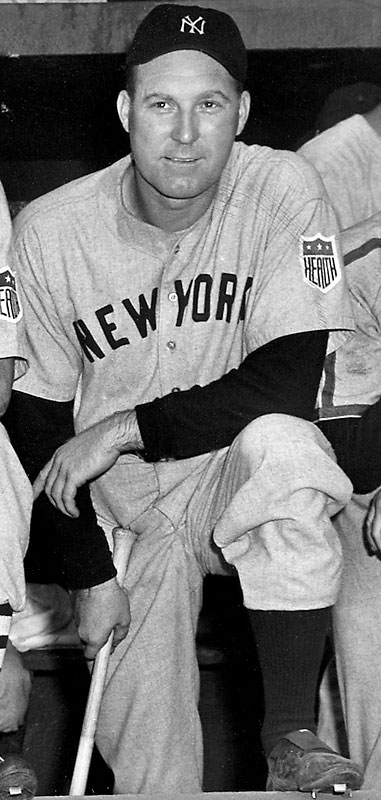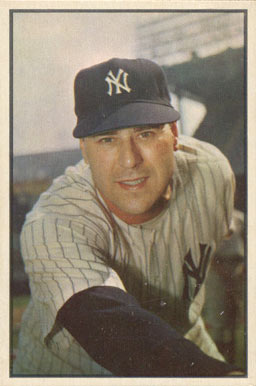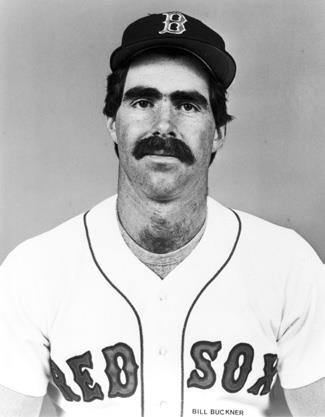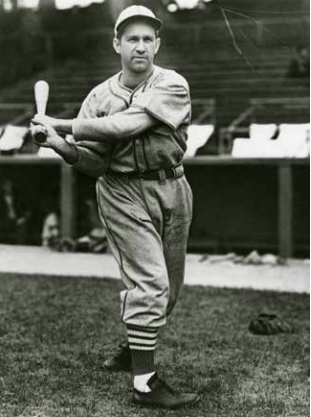October 10, 1945: Newhouser leads Tigers to Game 7 victory
 The Chicago Cubs defeated the Detroit Tigers in the 1907 and 1908 World Series, but lost to the Tigers in 1935. The teams met again in the 1945 World Series and were tied three games apiece heading into the deciding Game Seven on Wednesday, October 10, 1945, at Wrigley Field in Chicago.
The Chicago Cubs defeated the Detroit Tigers in the 1907 and 1908 World Series, but lost to the Tigers in 1935. The teams met again in the 1945 World Series and were tied three games apiece heading into the deciding Game Seven on Wednesday, October 10, 1945, at Wrigley Field in Chicago.
World War II had finally ended. Slugger Hank Greenberg rejoined the Tigers in June of 1945 after four years of military service. During the war, major-league baseball was played by men too young or too old for military service, and those classified as 4-F due to some physical limitation.1 Sportswriters disparaged the caliber of play, but in 1945 fans went to the games in record numbers. Servicemen in uniform were given free admission. Baseball boosted morale and provided a welcome distraction from events of the day. On the eve of Game Seven, the Washington Post conveyed the prevailing mood: “Please don’t talk to us about atomic bombs, or the Russian impasse, or the strike crisis, or full employment, or such matters, until the issue of this hair-raising 1945 World Series is settled one way or the other.”2
In Game Seven, Tigers manager Steve O’Neill sent 24-year-old left-hander Hal Newhouser to the mound. “Prince Hal” was the top pitcher in the American League in 1944 and 1945. Cubs manager Charlie Grimm countered with 29-year-old right-hander Hank Borowy, who was acquired from the New York Yankees in late July. Borowy had won his last seven games of the season. Newhouser and Borowy had already faced each other twice in this World Series; Borowy won Game One in Detroit, and Newhouser won Game Five in Chicago. Borowy also pitched four innings in Game Six, two days before Game Seven, and there was concern over whether he was sufficiently rested to start this all-or-nothing game.
The Tigers infield featured big Rudy York at first base; sparkplug Eddie Mayo at second base; slick-fielding Skeeter Webb at shortstop; and cheerful Jimmy Outlaw at third base. Greenberg played in left field, but his bad ankle restricted his range “to about the area of a victory garden.”3 Forty-year-old Doc Cramer patrolled center field and led the Tigers with eight hits so far in the Series. Right fielder Roy Cullenbine had a keen eye at the plate; he led the AL in walks during the season. The Tigers’ Paul Richards had two positions: catcher and teacher. Over the past three seasons, Richards taught Newhouser the changeup and the slider, and taught him control – of his pitches and his temper.4 Newhouser attributed his success to Richards’ mentoring.
Cubs first baseman Phil Cavarretta led the major leagues in 1945 with a .355 batting average. Don Johnson at second base and Roy Hughes at shortstop took care of the middle infield. Third baseman “Smiling Stan” Hack led the Cubs with 11 hits so far in the Series. Harry “Peanuts” Lowrey was a speedy left fielder. Center fielder Andy Pafko drove in 110 runs during the season. Right fielder Bill Nicholson had an off year after leading the National League in home runs and RBIs in 1943 and 1944. Mickey Livingston was the Cubs’ hustling catcher.
On this cool autumn day, Wrigley Field was packed with 41,590 fans wearing coats and hats. The ivy clinging to the outfield walls was brown at this time of year. The game’s play-by-play was given by Al Helfer and Bill Slater, and was broadcast by more than 300 radio stations affiliated with the Mutual Broadcasting System. It was heard by servicemen and women overseas via the Armed Forces Radio Service. The broadcast’s sponsor reminded men to “look sharp, feel sharp, be sharp – use Gillette Blue Blades with the sharpest edges ever honed.”
The game began with consecutive singles by Webb, Mayo, and Cramer, and Webb scored the first run. Grimm decided that starting Borowy on short rest was a bad idea and replaced him with 38-year-old Paul Derringer. As a member of the Cincinnati Reds, Derringer beat the Tigers in Games Four and Seven of the 1940 World Series. With Cramer on first and Mayo on second, the powerful Greenberg surprised everyone with a deft sacrifice bunt that advanced the runners. Derringer walked Cullenbine intentionally to load the bases and got York to pop up for the second out. Outlaw drew a walk on four pitches to force in the Tigers’ second run. Richards followed with the biggest hit of his career: a double into the left-field corner that drove in three runs and gave the Tigers a 5-0 lead. Cubs fans sat in stunned silence. Even radio announcer Helfer was speechless. Newhouser grounded out for the third out. The Cubs got one run back in the bottom of the first inning when Johnson doubled and Cavarretta singled him home.
After Cramer singled with two outs in the second inning, Derringer walked three batters in a row (Greenberg, Cullenbine, and York), and Cramer scored. The wild hurler was replaced by Hy Vandenberg, who retired Outlaw to end the threat. In the fourth inning, after a Cavarretta single, Pafko tripled over Cramer’s head in center field to drive in the Cubs’ second run. Pafko was stranded on third base, though, as Nicholson and Livingston each tapped the ball weakly to Newhouser. In the fifth inning, the Tigers ace struck out Hughes and pinch-hitter Ed Sauer, and announcer Slater remarked that Newhouser “is looking mighty keen.”
Paul Erickson replaced Vandenberg in the sixth inning. In the seventh, Cullenbine drew his third walk of the game and scored when Richards doubled to center field. Meanwhile, Newhouser continued his fine pitching. Early in the game, Richards called for changeups that fooled the eager Cubs batters, and when they began to look for the changeup, Richards called for fastballs.5
In the top of the eighth inning, with Claude Passeau on the mound for the Cubs, Webb walked and Mayo doubled to knock him in. Cramer’s groundout advanced Mayo to third base. Lowrey then made a spectacular running catch of Greenberg’s line drive, and Mayo scored from third. In the bottom of the inning, after singles by Lowrey and Cavarretta, Nicholson stroked a double to center field, scoring Lowrey. There was no further scoring in the game.
The final score was Tigers 9, Cubs 3, and the Tigers were world champions. It would be 23 years before the Tigers would return to the World Series in 1968, and a torturous 71-year wait for the Cubs to return to the World Series in 2016.
This article appears in “Wrigley Field: The Friendly Confines at Clark and Addison” (SABR, 2019), edited by Gregory H. Wolf. To read more stories from this book online, click here.
Author’s note
The author dedicates this article to his father, Frank Rice. During the 1945 season, 11-year-old Frank attended Tigers games at Briggs Stadium in Detroit. It was safe for him to go to games by himself. He rode an electric streetcar six miles to the ballpark. The total cost of transportation, admission ticket, scorecard, and hot dog was less than a dollar, which he could afford from the money he earned delivering newspapers. From his bleacher seat, he had an excellent view of Doc Cramer in center field. “Cramer could throw a strike to home plate if required,” he said. In the late 1960s, Frank taught baseball to three sons and managed their Little League teams. In 2017, at the age of 83, Frank rooted for the Tigers and the Cubs from his home in Illinois.
Notes
1 James D. Szalontai, Teenager on First, Geezer at Bat, 4-F on Deck: Major League Baseball in 1945 (Jefferson, North Carolina: McFarland, 2009), 9-10.
2 Washington Post, October 9, 1945.
3 Burlington (North Carolina) Daily Times News, September 28, 1945.
4 Warren Corbett, The Wizard of Waxahachie: Paul Richards and the End of Baseball as We Knew It (Dallas, Texas: SMU Press, 2009), 75, 78.
5 Ibid., 87.
Additional Stats
Detroit Tigers 9
Chicago Cubs 3
Game 7, WS
Wrigley Field
Chicago, IL
Box Score + PBP:
Corrections? Additions?
If you can help us improve this game story, contact us.


